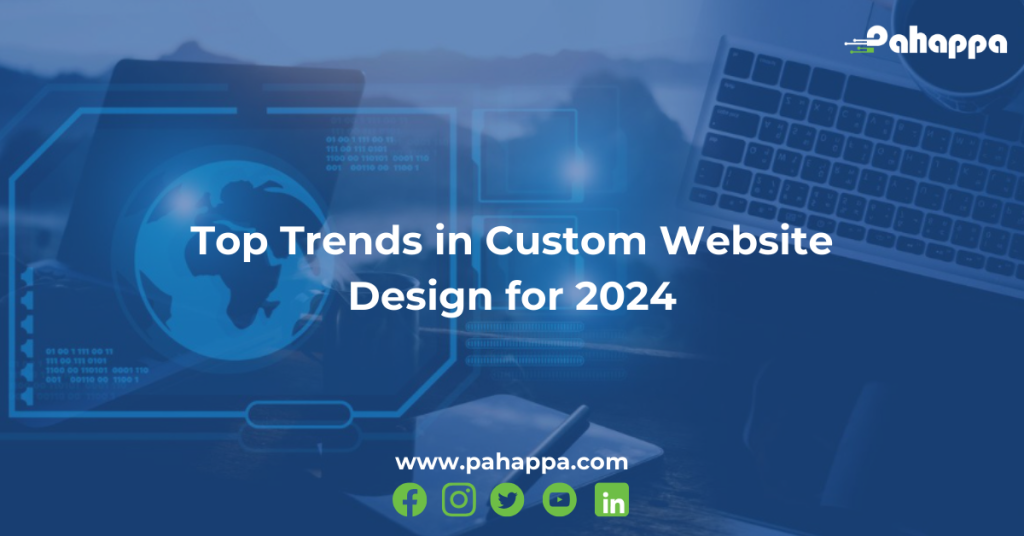An inventory management system is a software-based solution designed to efficiently track, manage, and control a company’s inventory levels. It encompasses various tasks and functions related to inventory, including ordering, receiving, storing, tracking, and selling goods. So managing stock in and out of a company or organization. IMS is usually used by manufacturing companies and even freight companies. Developing an efficient inventory management system is necessary for any kind of operating business selling goods, as it directly impacts costs, customer satisfaction, and overall operations. Here are some best practices and tips for creating an effective inventory management system:
- Utilize Inventory Management Software: Invest in robust inventory management software that suits your business needs. This software can automate many tasks, such as tracking stock levels, generating reports, and managing orders. Our Inventory Management System offers 3 modules that handle the inventory of products from when they are produced to when they get to the final customers.
- Set Par Levels: Determine the minimum and maximum quantities of each product you need to have on hand. This helps prevent stockouts and overstocking, optimizing cash flow and storage space. You can set a time limit for stock flow, maybe monthly or quarterly. This also reduces extra expenses that would have been spent in case of overstocking. An IMS automatically records stock, cash flow, and storage space.
- Implement ABC Analysis: Categorize your inventory into A, B, and C categories based on their value and turnover rate. Focus on optimizing the management of high-value items (A) while maintaining adequate control over lower-value items (C). This helps you know how what stock to prioritize on according to the demand. An IMS can update real-time reports depending on what items are most needed hence valuing them as A items.
- Establish Standard Operating Procedures (SOPs): Develop clear SOPs for receiving, storing, and fulfilling orders. Standardizing these processes ensures consistency and reduces errors in inventory management.
- Regularly Audit Inventory: Conduct regular audits to verify the accuracy of your inventory records. This helps identify discrepancies, shrinkage, and inefficiencies in your system. With an IMS, you will be able to have real time audits depending with customized time sets.
- Embrace Just-in-Time (JIT) Inventory: Adopt JIT principles to minimize holding costs and reduce excess inventory. By ordering or producing goods only when needed, you can streamline operations and improve cash flow. An IMS audits and records the stock in and out in real time. This makes it easy to automate reports.
- Utilize Barcode or RFID Technology: Implement barcode or RFID technology for accurate and efficient tracking of inventory movements. This streamlines processes such as receiving, picking, and replenishment, reducing manual errors and improving productivity. Barcode and RFID (Radio Frequency Identification) are two types of technology used for tracking and identifying objects, including inventory items, in various industries. Both barcode and RFID technologies play important roles in inventory management, with businesses choosing the one that best suits their needs based on factors such as cost, complexity, and application requirements.
- Forecast Demand: Use historical sales data, market trends, and other factors to forecast demand accurately. This helps prevent stock outs and overstocking, ensuring you have the right amount of inventory on hand to meet customer demand. This also enables management to informed decisions about the products that sell the most and what they can stock up.
- Collaborate with Suppliers: Build strong relationships with suppliers to ensure timely deliveries and negotiate favorable terms. Collaborating with suppliers can also lead to better inventory visibility and responsiveness to market changes. With an IMS, you can save contacts of suppliers and have automatic reminders on stock pickups.
- Train Employees: Provide comprehensive training to your staff on inventory management procedures, software usage, and best practices. Well-trained employees are essential for maintaining accuracy and efficiency in your inventory system. Monitoring Inventory has a lot to do with numbers so having a software operated with trained employees benefits the company as a whole.
- Monitor Key Performance Indicators (KPIs): Track KPIs such as inventory turnover ratio, fill rate, and carrying costs to evaluate the effectiveness of your inventory management system. Use these metrics to identify areas for improvement and make informed decisions.
By incorporating these best practices into your inventory management strategy, you can develop a more efficient system that optimizes costs, improves customer satisfaction, and enhances overall business performance. To get started on your Inventory software, get a quote from us here.












Dedication to improvement, much like an A/B test – refining and optimizing for success.